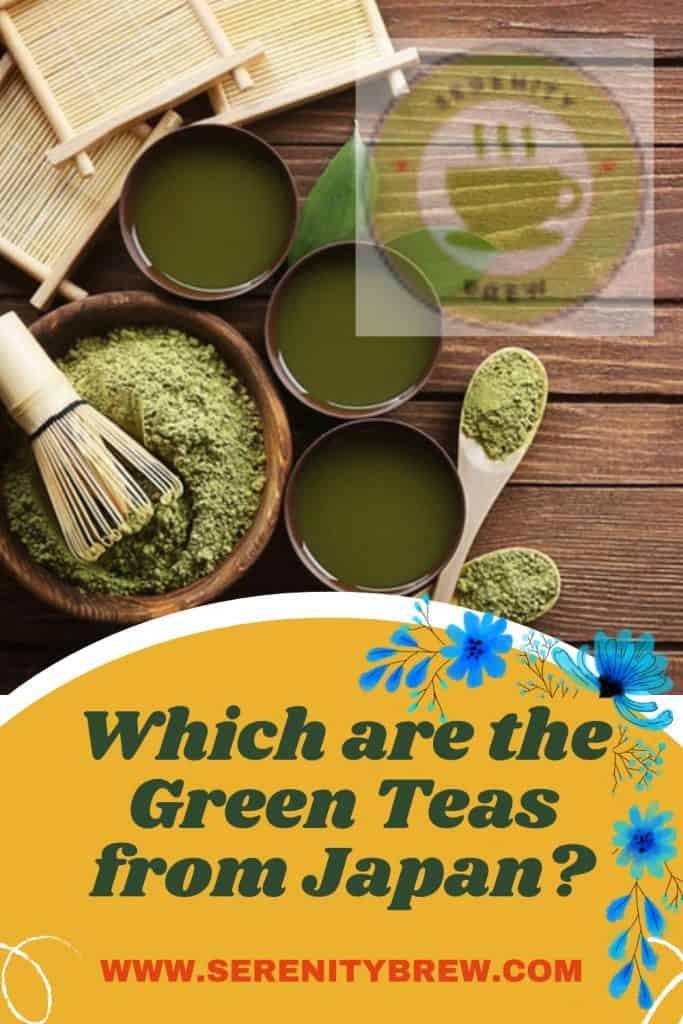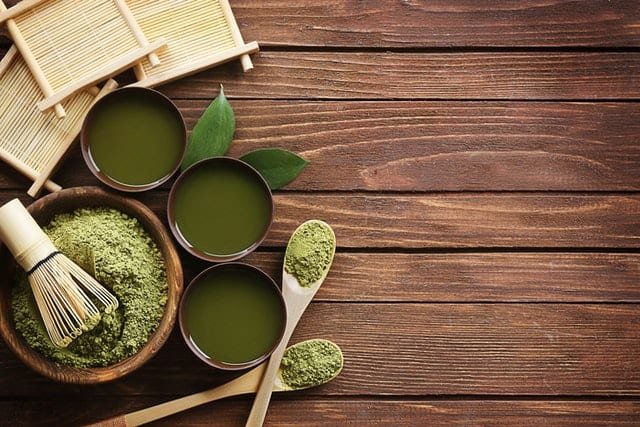
Green tea is the everyday drink in Japan, a country where Buddhist monks introduced it hundreds of years ago after their pilgrimages to China. In fact, today, China, Japan and Korea are the largest producers of green tea in the world.
Of course, each country has its particularities when it comes to the production and flavors of teas. Today, in particular, we tell you all about Japanese green teas.
If you have recently entered the world of tea, it may seem impossible to distinguish one variety of green tea from another, but we assure you that it is not an impossible mission! The ways of making each producer, and here the country plays an important role, affect the flavors and aromas of each tea and create typical characters that, with a little practice, can be differentiated.
Green tea production in Japan
It is not the first time that we talk about the green tea production process. We have already told you that the fundamental difference between black and green tea, or green and white tea, is its level of oxidation.
Although all varieties come from the same plant, Camellia sinensis, the processes to which the leaves are subjected are different and end up affecting not only its flavor, but also its aroma and, of course, its health properties. In general, the process goes through the following phases.
The first step in the production of green tea is the harvesting of the leaves, which is carried out three times a year, manually, separating the shoots and young leaves for the best quality teas. Now, does the harvest season influence the taste of the tea? Of course, the first one takes place in spring and is, without a doubt, the most precious.
Once collected, the leaves begin their oxidation process which, in the case of green tea, is minimal. At this point, it is when we must refer specifically to the differences between the preparation of Japanese and Chinese green teas.
While in China they roast the tea leaves in woks over open fires, in Japan steam is used. The tender tea leaves are spread quickly after harvest (between 12 and 20 hours after harvest) on bamboo trays that receive heat from below, through boiling water. Thus, little by little, the oxidation is stopped by the action of the steam to which the leaves are subjected for only between 15 and 20 seconds.
After this step, the leaves are air-dried to remove traces of moisture and finally, they are rolled up, acquiring the appearance that we all know and that helps the leaves keep their green color, flavor and aroma intact.
Varieties of Japanese green teas

In Japan, there is a huge variety of green teas, ranging from the famous matcha to others less known in the West such as Yanagi. The differences between one class and another are mainly due to the parts of the plant used for its preparation and indicate its quality (and therefore, price).
Matcha
The famous matcha tea, which is usually used in the tea ceremony, is known as “powdered tea” and has become a protagonist on social networks such as Instagram, where it is common to see photos of this infusion and all kinds of delicacies such as matcha ice cream, matcha tarts, matcha beer…
The most curious thing about this tea is that, when it is made, the leaves are subjected to the steam treatment that we have mentioned before and after being dried, they are ground until they obtain a fine powder that is consumed together with the infusion, giving a creamy texture to the tea same. Its flavor is vegetable and can remind of moss.
In general, when talking about matcha, it is associated with the fifth flavor “umami”, that is, tasty. Doesn’t this encourage you to try it?
Gyokuro
The Japanese push the details of tea making methods to unsuspected limits. For the production of Gyokuro, the tea plants are covered as soon as the first buds appear to protect them from the sun.
By blocking the reception of direct sunlight with rice straw screens, fewer tannins are generated and thus the flavor of the tea is softened. The result is a tea with an infusion of a light color, with a sweet taste and a subtle aroma.
Another variety is Kabusecha, also shade-grown but harvested even earlier than Gyokuro, so it has an even more delicate flavor than Gyokuro. Both varieties fetch high prices and are considered very exclusive teas.
Sencha
Sencha tea is the most common green tea in Japan. It is estimated that about 80% of the tea produced belongs to this variety.
Unlike other Japanese teas in which the plants are covered to protect them from sunlight, sencha is made from buds that have been in full light the whole time. Photosynthesis causes the concentration of catechins in the tea to increase, these are responsible for the bitterness.
Sencha is characterized by its refreshing flavor and moderate astringency that make it a favorite among Japanese palates.
Bench
Bancha is made from the lower leaves of the Camellia sinensis, which are discarded in the production of sencha. These are closer to the stems and, having been exposed to the sun continuously, have a large dose of tannins. At first glance, they differ from sencha because of their size: they are larger and thicker. In terms of taste, it is difficult to generalize as bancha encompasses a group of teas that includes genmaicha, hojicha and yanagi.
What is the first thing you associate with Japan (besides tea, of course)? Rice. And precisely the genmaicha is curious for the combination of tea with toasted rice grains. This results in an infusion of a deep brown color, a roasted flavor due to the rice and an aroma reminiscent of popcorn.
The hojicha, for its part, also has a roasted flavor, although stronger than the genmaicha and without the popcorn flavor that predominates in this variety. Finally, the yanagi is made with the leaves discarded in the process of making the sencha because they are flat, or they are folded in two or four. It has a lighter and less acid taste than sencha
Did you already know all these varieties of Japanese green teas? Try them all and choose your favourite. Of course, we warn you that the competition will not be easy.
